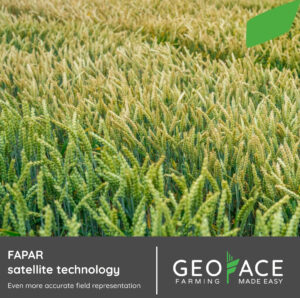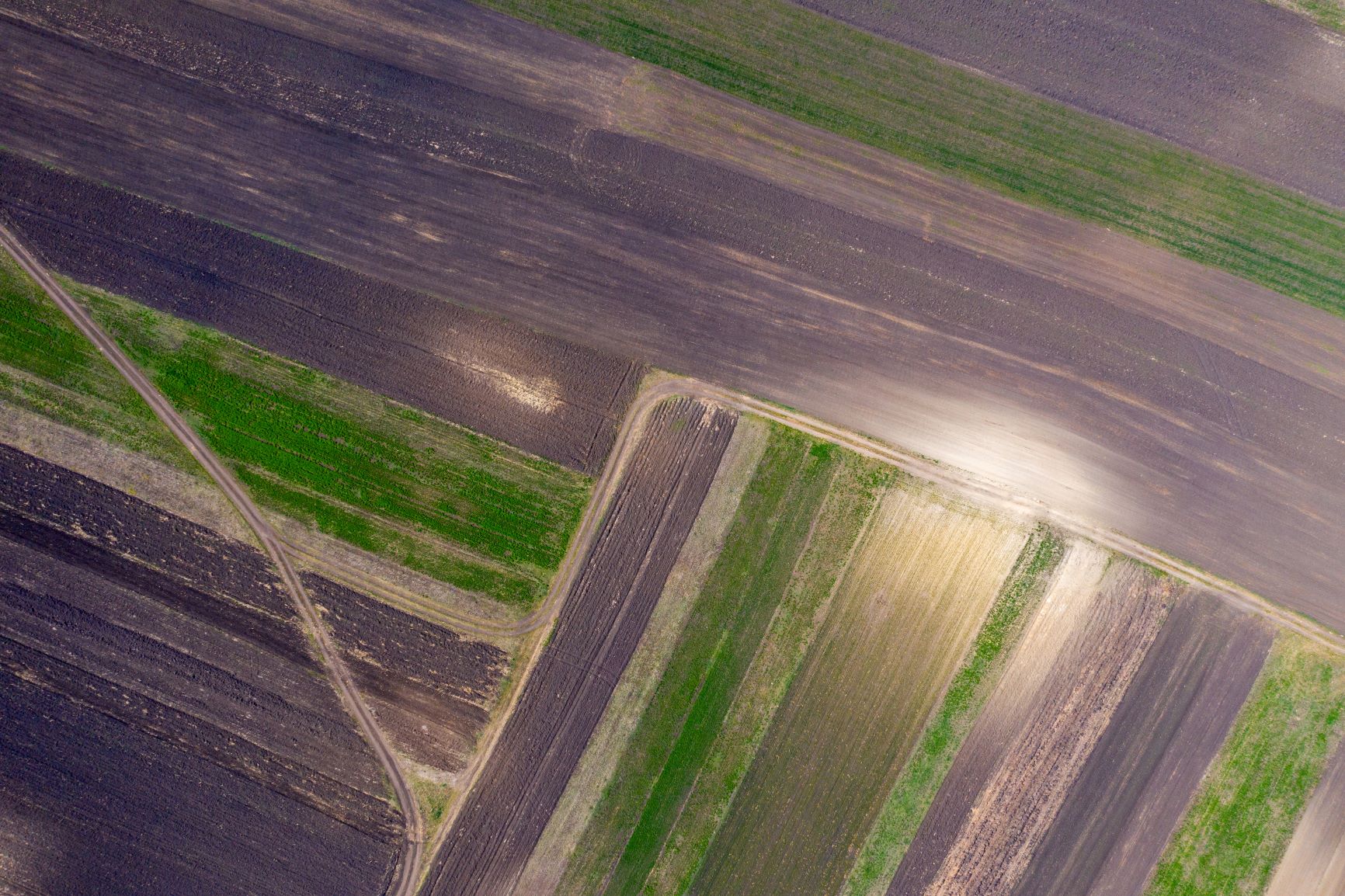While many farms in Lithuania are striving to maximize their yields, Labūnava agricultural company, one of the most productive farms in Lithuania, is challenging scientists by allowing a study to be carried out in 2023 to find out why the company’s fields are yielding more than the average yield in central Lithuania. Although the scientists have not yet come to a conclusion, the company’s representatives have already agreed to share their practical experience of what is most important for a good harvest: the right cultivation technology, the need to balance plant nutrition, the use of the most intelligent machinery, or the use of accurate field data.
We are talking to Julius Mikaliūnas, an agronomist at Labūnava Agricultural company, and Prof. Gediminas Staugaitis, Head of the Agrochemical Research Laboratory of the Lithuanian Centre of Agrarian and Forestry Sciences and Chief Scientist of “LAMMC”.
What is typical for Central Lithuanian crops? What is the average annual yield in the fields of Labūnava agricultural company?

Professor Gediminas Staugaitis, Ph.D., states that the Labūnava company has been successfully developing its agricultural activities for a number of years, has a long tradition of farming, and produces large and high-quality crops. The farm’s soils are fertile, with a productivity score of 66-69 in the experimental field. The predominant soil is a shallow carbonate brown earth, with carbonates at a depth of 30-40 cm, which gives the soil a neutral reaction (pHKCl 7,0-7,5). The arable layer is very high in mobile phosphorus (P2O5 260-398 mg/kg) and potassium (K2O 196-300 mg/kg). Humus is present in moderate quantities in the field, averaging 2,6 %. Such a field has the potential to produce maximum yields of agricultural crops such as winter wheat of 10 t/ha or more.
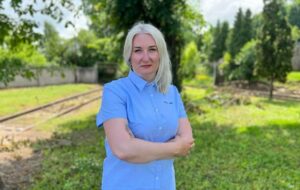 Both the professor and Dr. Gabrielė Pšibišauskienė, Head of Agri-technology Development at Linas Agro, share their experience: “According to LAMMC research in central Lithuania (according to the commissioned research by Linas Agro, 2022), in a light sandy loam with a soil pH close to neutral and a low mineral N of 14.5 – 16.0, the soil contains a moderate amount of plant-available phosphorus and potassium. The soil has a relatively low organic matter content and one of the crops in the rotation is legumes. The above aspects of winter wheat production technology are constant over the years and yield values are similar for 10 consecutive years, with winter wheat yields often around 6 t/ha.
Both the professor and Dr. Gabrielė Pšibišauskienė, Head of Agri-technology Development at Linas Agro, share their experience: “According to LAMMC research in central Lithuania (according to the commissioned research by Linas Agro, 2022), in a light sandy loam with a soil pH close to neutral and a low mineral N of 14.5 – 16.0, the soil contains a moderate amount of plant-available phosphorus and potassium. The soil has a relatively low organic matter content and one of the crops in the rotation is legumes. The above aspects of winter wheat production technology are constant over the years and yield values are similar for 10 consecutive years, with winter wheat yields often around 6 t/ha.
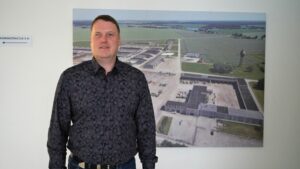
According to Julius Mikaliūnas, an agronomist at Labūnava agricultural company, the soils at Labūnava Agricultural Company are close to the above-mentioned trial. The company’s average yield of winter wheat under economic technology in 2022 is 7,9 t/ha. The yield obtained by the company is even significantly higher compared to the results obtained by LAMMC in 2022.
Importantly, the application of agrotechnological measures to restore soil fertility has increased the yield potential of the crops in the Labūnava. Initial insights into the increase and the key agro-technological measure that is driving the change in yield potential of winter wheat will be presented by LAMMC scientists in the company’s fields during the 2023 “Grūdo kelias (Road of the grain)” field day.
Which crop rotation is used in the field under study? What other questions will the study answer?
The company’s rotation for the field under study consists of alfalfa in 2019-2020, winter wheat in 2021, winter oilseed rape in 2022, and winter wheat in 2023. “There are some other major agrotechnological differences between the winter wheat production technology of LAMMC and Labūnava agricultural company: the fields are fertilized after harvest with bird manure every 4 years, the abundance of bean plants in the rotation, and the target rates of phosphorus and potassium fertilization, the application of urea at the seed, etc. The main question to be answered by LAMMC scientists will be the reason for the higher yields in the company”, comments Prof. Dr. Gediminas Staugaitis.
How much fertilizer does Labūnava agricultural company apply to its fields? How has precision fertilization and adjusting the width of the spreader affected the results?
J. Mikaliūnas shares his experience: “In total, we have to fertilize about 1800 ha of fields every year, and the vast majority of them (about 90%) is uneven. Until we had smart spreaders, we were definitely over-fertilizing the uneven areas. With smart spreaders, we can accurately apply different rates of fertilizer to different areas of the field. Precise section control helps us to reduce fertilizer use, avoid overfertilizing neighboring fields, and turn off the spreader at field boundaries to save fertilizer.
So far, the farm is using variable-rate fertilizers only for phosphorus and potassium, but in the future, it plans to use them for nitrogen fertilizers as well. “By using smart farming systems, we can reduce costs. In the past, Labūnava Farm used to fertilize its fields with 360 kg/ha of complex fertilizer for all fields, but after soil testing and the introduction of variable rate maps, we have reduced the fertilizer to 33 kg/ha of potassium fertilizer and 57 kg/ha of phosphorus fertilizer. At current fertilizer prices, a smart fertilizer can pay for itself in the first season on a large farm,” says Mr. Mikaliūnas.
As the company’s yields are significantly higher than the results obtained by LAMMC in 2023, a scientific study will be carried out in order to identify the reasons for the difference in 2023, by determining the potential of the soil over a number of years by applying a targeted phosphorus and potassium fertilization and organic fertilizers.
What digital tools are planned to be used on the farm to make fertilizer application even more accurate?
In 2023, the smart farming system Geoface is planned to be launched for the generation of accurate fertilization maps, which will be used to generate variable rate maps for nitrogen fertilizers. The digital application Geoface will provide a clear view of historical data and when to work in the fields. It will be easy to make decisions for future work.
GeoFace agricultural management software has the capability to use satellite data and interpret it with a unique algorithm. It can determine the percentage of fertilizer to be applied in certain areas of the field. This allows the crop to be “evened out” and not to fertilize areas that will not produce the desired result, regardless of the amount of fertilizer applied. The algorithm itself, based on the FAPAR index, analyses the part of the solar spectrum that is absorbed by the chlorophyll in the plants. It models all phases of plant growth, so we can monitor plant changes from the earliest phases and take appropriate decisions before there is a real threat of crop failure.
What measures can lead to sustainable use of the soil’s potential and stability of its value?
In terms of soil and agrochemical properties, the following measures are part of the strategy for the further use of farm fields:
1) the sustainable use of mineral fertilizers to exploit the potential of the soil. Since the soil is very rich in mobile phosphorus and potassium and has a high land productivity score, nitrogen, phosphorus, and potassium fertilizers can be saved, and diagnostic methods of plant nutrition, such as scanning for green leaf pigment and soil and leaf tests, should be used to optimize fertilizer rates;
2) calculation of the optimum input/output balance of humus (organic carbon) and essential nutrients. Changes in humus, nitrogen, phosphorus, and potassium in farm fields should be judged from the annual and longer-term balances of these nutrients in the soil;
3) exploiting the potential properties of the soil by using trace elements and biostimulants.
What does it mean to you that a large-scale project called “Grūdo kelias (Road of the grain)” is being carried out in Labūnava?
“We hope that the results of the research on fertility in Labūnava will be of interest to scientists, farmers, and developers of new technologies. We believe that we need to share good practices and scientific and technological discoveries. It is great that this is happening in Labūnava”, says Julius Mikaliūnas, an agronomist at Labūnava Agricultural company.
Thank you for the interview.



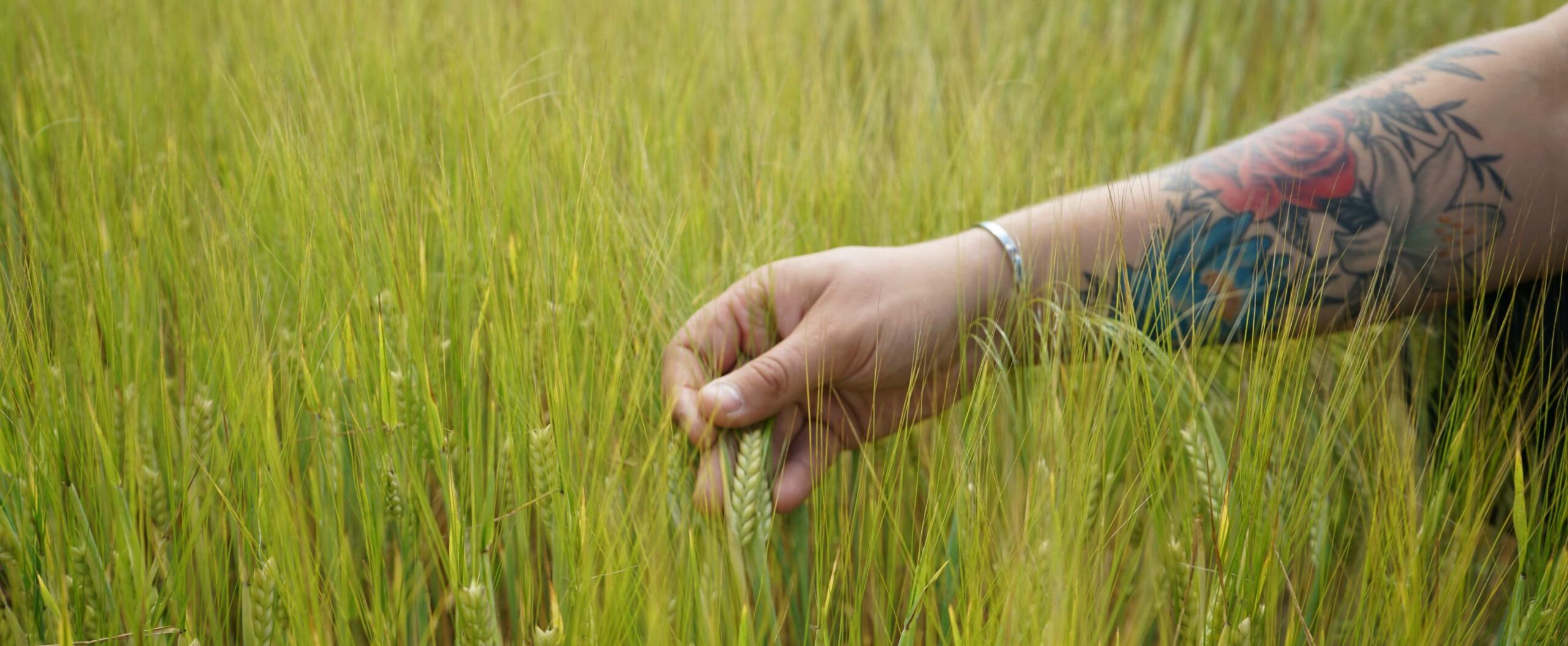
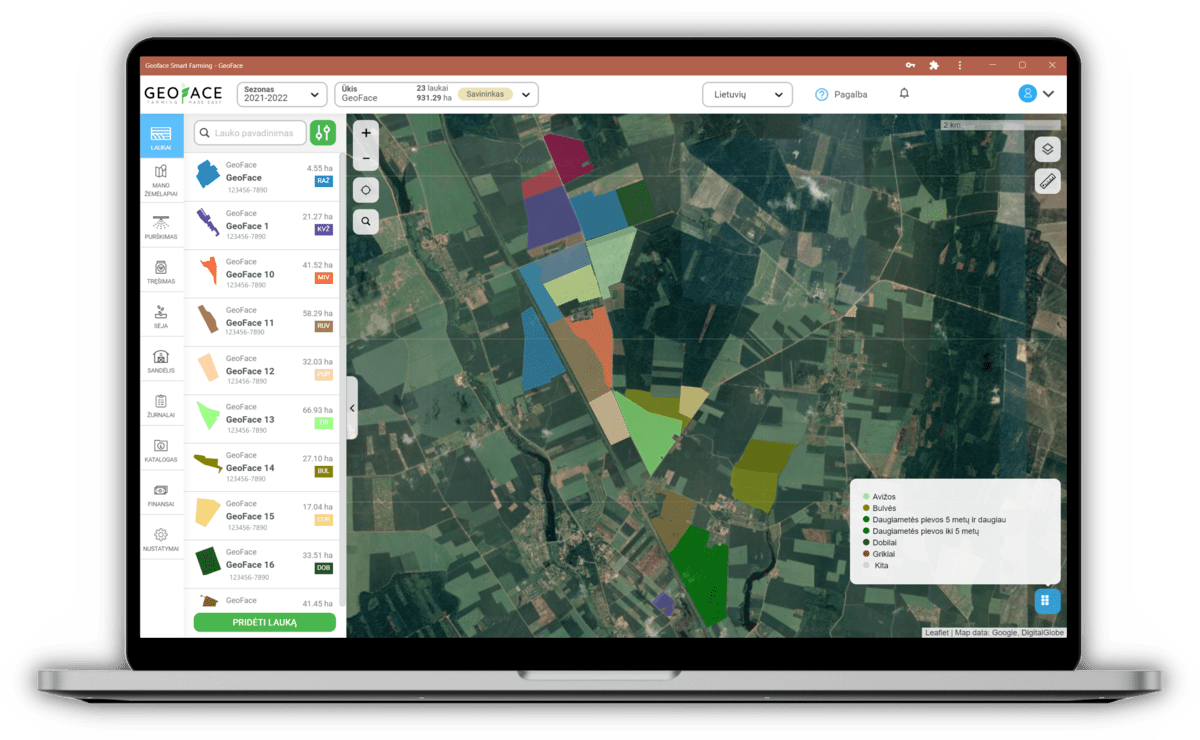
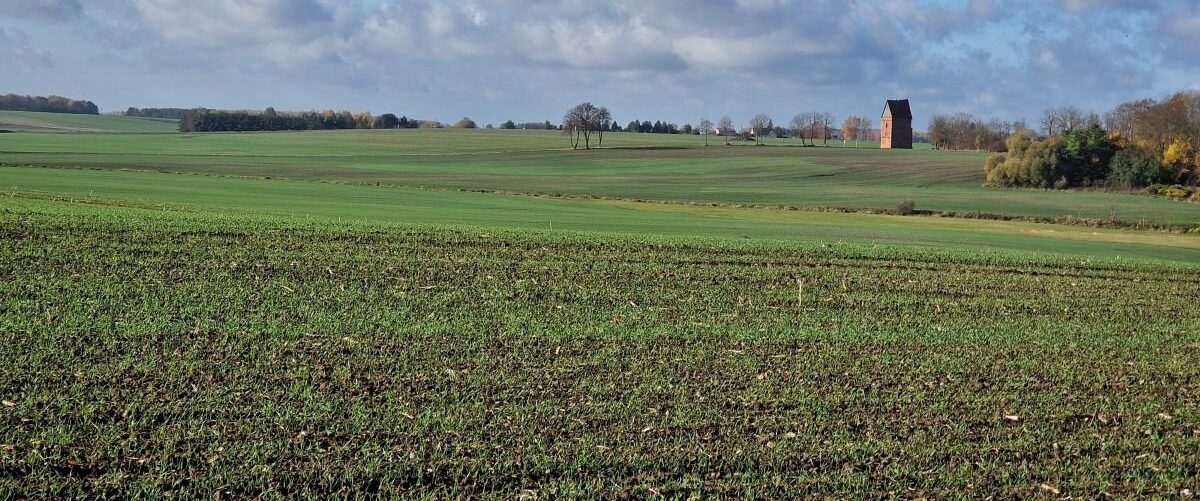

 Both the professor and Dr. Gabrielė Pšibišauskienė, Head of Agri-technology Development at Linas Agro, share their experience: “According to LAMMC research in central Lithuania (according to the commissioned research by Linas Agro, 2022), in a light sandy loam with a soil pH close to neutral and a low mineral N of 14.5 – 16.0, the soil contains a moderate amount of plant-available phosphorus and potassium. The soil has a relatively low organic matter content and one of the crops in the rotation is legumes. The above aspects of winter wheat production technology are constant over the years and yield values are similar for 10 consecutive years, with winter wheat yields often around 6 t/ha.
Both the professor and Dr. Gabrielė Pšibišauskienė, Head of Agri-technology Development at Linas Agro, share their experience: “According to LAMMC research in central Lithuania (according to the commissioned research by Linas Agro, 2022), in a light sandy loam with a soil pH close to neutral and a low mineral N of 14.5 – 16.0, the soil contains a moderate amount of plant-available phosphorus and potassium. The soil has a relatively low organic matter content and one of the crops in the rotation is legumes. The above aspects of winter wheat production technology are constant over the years and yield values are similar for 10 consecutive years, with winter wheat yields often around 6 t/ha.

